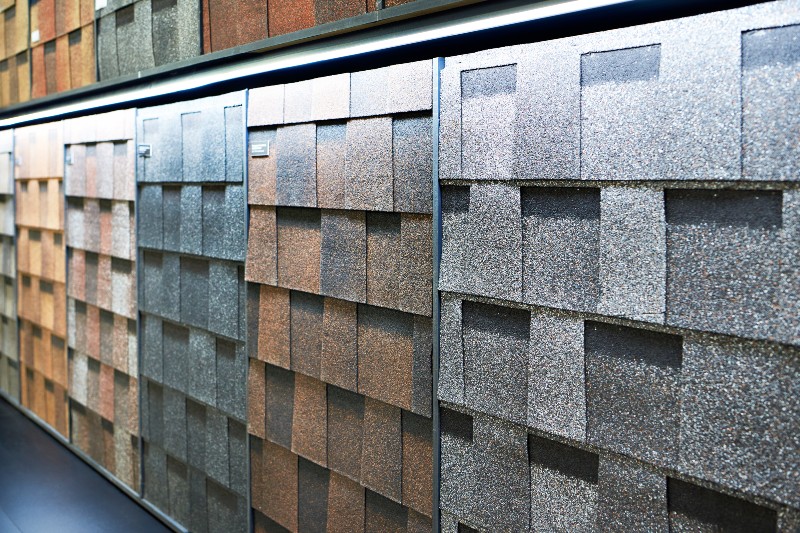Your home’s exterior color scheme will make a huge impact on how it is perceived by the world. With so many available options, it’s not always easy to make up your mind. Here’s what you should know about house and roof color combinations, along with some tips for making a smart choice.
Understanding Tones
Tone is an important consideration when it comes to coordinating colors between your roof and siding. Most colors fall into warm or cool categories. Warmer tones have red, orange, yellow, brown or gold undertones, while cooler tones have green, white, purple or blue undertones.
In most instances, you should match your roof and siding based on their tones. If you have a cold-toned roof and cold-toned siding, they have a much better chance of coordinating. The same goes for warm-toned roofs and warm-toned siding. It doesn’t always work perfectly, but it is a good general rule for color matching.
Subtle vs. Dramatic Colors
House color combinations can be used to create very dramatic or subtle looks. Changing only one color on a home’s facade can have a significant impact on its overall looks. With this in mind, it’s generally best to determine the look you want well ahead of time. In most cases, the more contrast you add to a home’s exterior, the more dramatic the look. Less contrast, on the other hand, will create a more subtle appearance.
A good example of this would be using a blue, cool-toned roof with warm-toned, tan siding to create a more dramatic appearance. On the other hand, you could generate a more subtle look by using a warm-toned, green roof with tan siding. Going dramatic doesn’t always mean using bright or bold colors; it just means amplifying the contrast between colors to make the two areas stand out from one another.

Don’t Forget About Your Trim
In addition to your siding and roof, you will need to consider your accents and trim color to get the look you want. Having your trim coordinate with your roof color can generate a nice cohesive look for the whole house, giving you more leeway with your siding and accent colors.
Trim color can also be used to help break up the roof and siding. If you have a very bold, colorful home, for instance, any roof color is going to strongly contrast with it. A neutral trim color can serve as an effective break between the roof and siding, helping to quiet down the design by keeping the contrast from becoming overly stark. Ultimately, trim color is a useful way to balance the two areas, so one won’t overwhelm the other.
Trim colors can also help create a more vibrant appearance if your siding and roof colors are a little too similar. In this case, a bold trim color can help keep your home from looking too plain or bland. In the end, it’s important to strike a good balance between the roof, the siding and the trim to make your design scheme work.
Some Popular Options
When it comes to mixing and matching colors for your home’s exterior, the only limit is your imagination. That said, if you’re not sure what to choose, there are some popular color combinations that blend well. This includes farmhouse red and forest green, cobalt blue and light gray, charcoal and apricot, terracotta and sun drop yellow, pale yellow and Kelly green.
Ultimately, it can help to get input from an experienced contractor who has worked on many different homes in your area. These experts have seen what wise (and unwise) roof and siding color combinations can do to a home’s aesthetic. They can use this knowledge to help you make a smart color choice for your roof and siding, based on your unique preferences, the condition of your home, and neighboring houses.
Serving Colorado homeowners for decades, A to Z has earned a widespread reputation as one of the state’s most trusted roofing contractors by providing honest, attentive customer service and quality workmanship for commercial and residential customers alike. We’re here to help with your roofing needs, no matter how big or how small. To get a free estimate on your next roofing project, contact us today!

